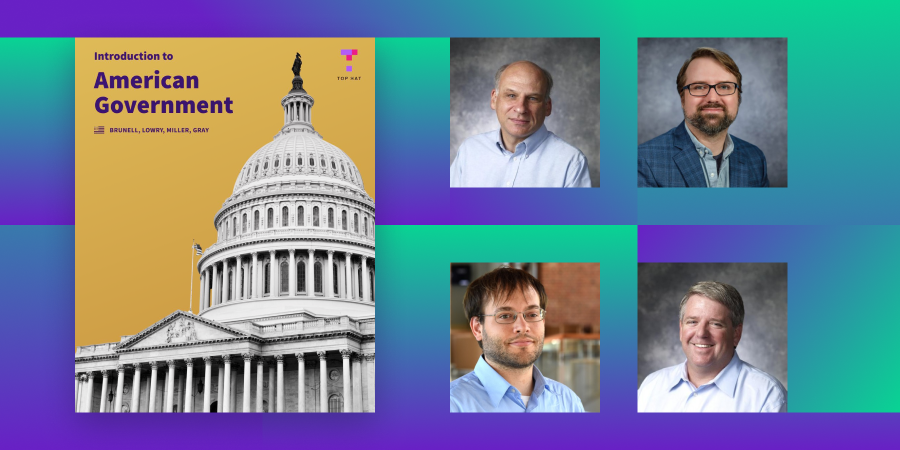From cars to shoes to Goldfish crackers, everything is being customized nowadays. Companies are realizing that allowing consumers to customize their products helps to set them apart and lead to individuals choosing their products over others. It is only natural that custom textbooks are becoming more popular, because they are designed to provide learning material to fit specific needs.
Most have heard of custom textbooks but may not be aware of what they really entail. There are still some misconceptions, but the reality is that custom textbooks offer a lot of advantages to professors and students.
-
-
Custom textbooks can be better personalized
-
Customization is key in today’s world. A recent Forbes survey showed that customers who had customized a product online engaged more—and the same principle applies to personalized learning. Students are more engaged and learn better when professors use examples that are current and relevant to them.
Students are also using an increasing amount of technology in their daily lives. This does not stop when they get to the classroom. Most professors can testify to the sea of laptops they face on a daily basis in their lecture halls. However, instead of fighting against the use of technology, more and more professors are embracing it and incorporating students’ digital devices in their classroom.
Custom textbooks not only offer professors the opportunity to curate the content they feel is most appropriate to their student audience, but also the possibility of creating an interactive textbook. Interactive textbooks can include audio and video content, as well as quizzes and games to help students better engage with and retain the material.
Subscribe to Top Hat’s weekly blog recap
Get the best posts of the week delivered to your inbox:
-
-
They’re more affordable in the long-run
-
The rising cost of textbooks and the effects this has had on students has gained increased attention recently with the #TextbookBroke campaign started by the Ontario Undergraduate Students Association in Canada. The campaign asked students to share their receipts after purchasing textbooks and write what they could have spent this money on instead (for example: groceries).
#TextbookBroke
— Monica Raudales (@MonMon_Awesome) January 12, 2018
Would love to be able to spend some money on groceries. It would also be helpful to have some money to get me though the semester. I appreciate what you are doing OUSA. pic.twitter.com/r3IZvE64vt
The average annual cost of textbooks for full-time students in the US is currently $1,298. Factor in tuition costs and living expenses on top of that and it is easy to understand why students today are part of the most indebted generation in history. But things can and should be different.
The biggest publishers in the world are education publishers and 80 percent of the education publishing market is controlled by five key players. The fact that there is little competition means prices can be high. According to The National Association of College Stores, 78 cents of every dollar spent on new textbooks goes to publishers. The rest is divided between store operations, personnel, profit and shipping costs.
By choosing to publish custom textbooks, professors can bypass traditional publishers and save a lot of money for students while receiving substantially higher royalty percentages for themselves. For many students, the cost of the textbook serves as a deciding factor in whether they purchase a textbook for a course or not. This could in turn affect a student’s academic performance in a course and also their decision to even take the course in the first place.
In addition to that, one custom textbook can eliminate the need for students to buy multiple textbooks for a course because all of the necessary and relevant information will be found in one book instead of two or three.
-
Custom textbooks are built for flexibility
In addition to cost, one of the biggest drawbacks to traditional textbooks is their inability to be updated. Once a textbook is published, it takes an average of three years for a new edition to be released. This is a long time, particularly when you consider how many changes can take place in just one year in certain disciplines such as political science or environmental studies.
So instead of waiting years to update outdated examples or studies with current ones, custom textbooks allow professors to update content immediately on an ongoing basis. In addition to that, professors can receive invaluable feedback from students and other professors, making the publishing of a textbook a collaborative process.
As we move towards a more personalized, interactive society, education is moving away from the one-size-fits-all model of textbooks. The textbook industry is in need of a long overdue change, and custom textbooks are pointing the way forward.


